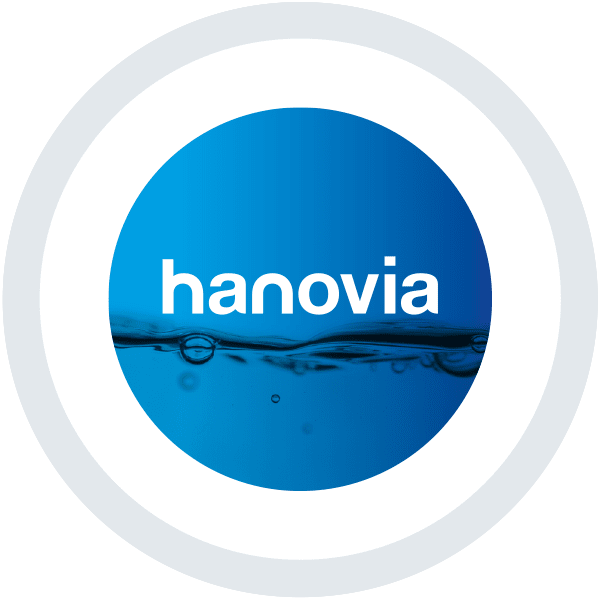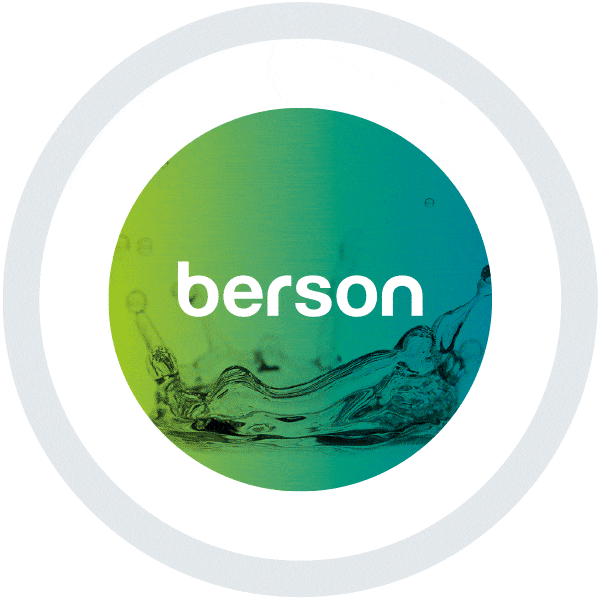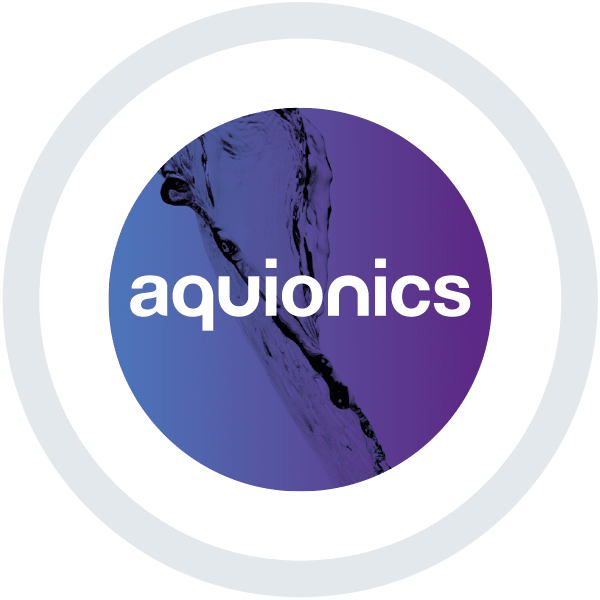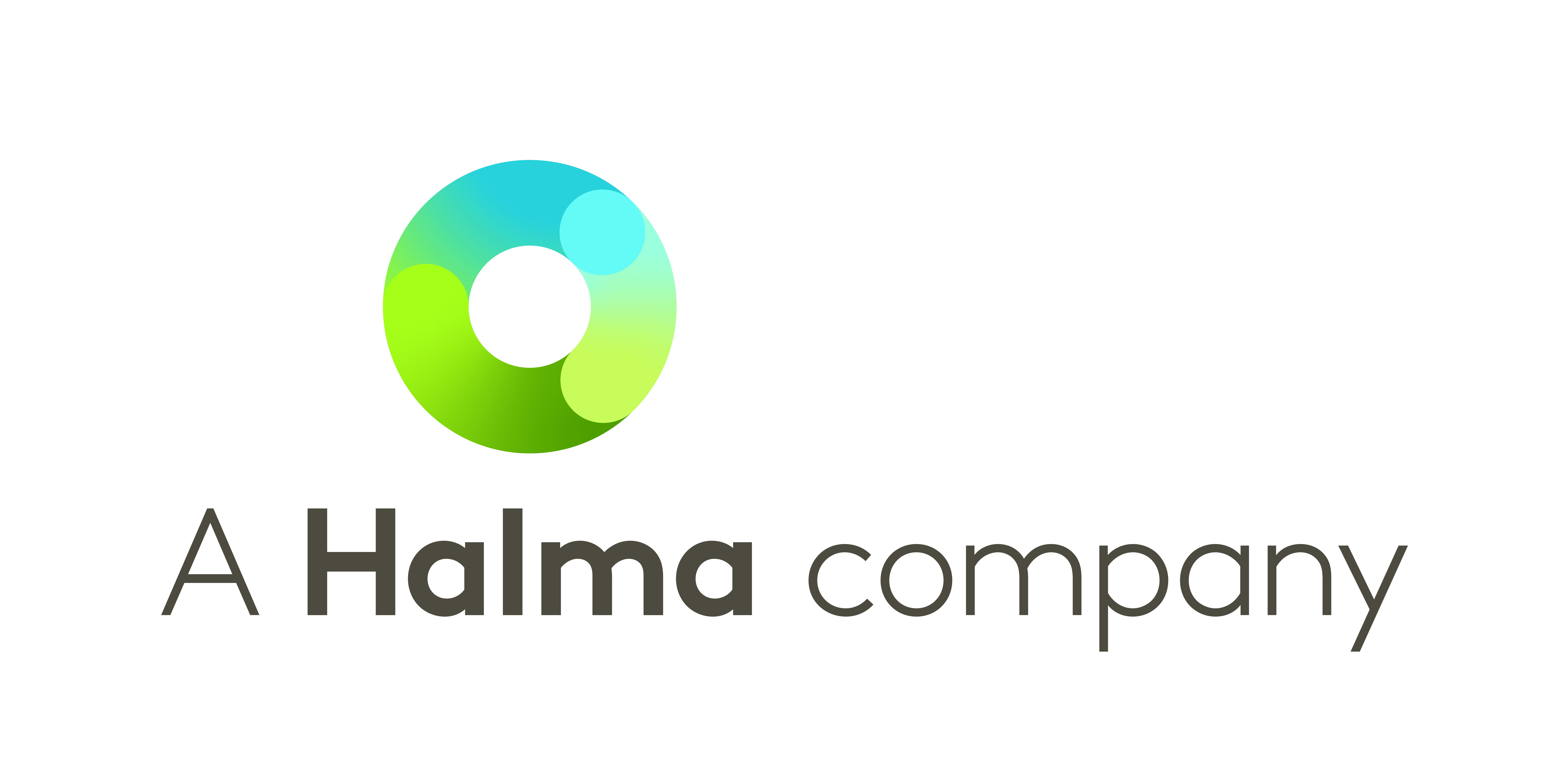Need Spare Parts? OEM is the way to go
By Saumya Garg
Ultraviolet (UV) systems for disinfecting water comprise several crucial parts that keep them running at optimum performance. Equipment maintenance documents that accompany these systems clearly identify these parts and mention replacement and service requirements. Briefly, the parts that require frequent special attention are:

- UV Lamp – The UV lamp is the most critical component of any UV disinfection system. UV lamps age over time and need to be replaced at least annually or at the manufacturers recommended interval.
- Quartz Sleeve – The UV lamp is enclosed in a quartz sleeve through which UV-C energy passes into the water. Over time, scaling agents such as calcium, magnesium and iron in water get deposited on this sleeve. As a result, UV-C rays get blocked and although the lamp might be working efficiently, enough energy does not reach the surrounding water. It is extremely important to regularly clean the quartz sleeve and replace it at least once every two years.
- Sensors – A disinfection system consists of sensors that measure temperature and UV dose intensity, enabling real-time monitoring of the efficacy of the system.
Like any other industry, the disinfection equipment industry also consists of Original Equipment Manufacturers (OEMs) and non-OEM spare part manufacturers. OEMs spend years of research in engineering system designs backed by robust computer modelling and third-party validations. Parts are selected carefully and designed to work within an overall system. Therefore, each component of the equipment is built to complement the others and the whole system is designed to function as a single cohesive unit that generates maximum efficiency. However, when it is time to replace parts, sometimes customers turn to non-OEM spare parts. Driven by cost cutting needs or emergency stop gap requirements, such spare parts can literally throw a wrench in the system and jeopardize the whole business. Key reasons to purchase only genuine certified OEM parts are:
- Product Performance – UV lamps of a specific make have a distinct electrical and physical signature which is crucial for efficient operation. Parts other than OEM may not function at these specifics. It has been observed that non-OEM UV lamps work at a reduced capacity and deliver substantially lower UV output than original lamps. Further, flaws in quartz sleeves and sensors caused during manufacturing can create serious setbacks to the disinfection process.
- Product Life – Lamps and sleeves from non-OEMs have been found to reach their end of life much earlier than those that are genuine. Although it may have cost less initially, over time the actual cost of early replacements easily outruns the short-term cost saving.
- Product Warranty – An often-overlooked fact about non-genuine parts is that they are not covered by the original equipment warranty. In fact, warranty may be invalidated altogether for the entire system if OEM parts are not used.
- Product Support – The use of non-OEM parts may lead to the manufacturer not being able to support the site with technical queries. Often the non-OEM parts cause the system to behave differently, making troubleshooting near impossible.
- Safety & Compliance – For an industrial consumer, the need for disinfected water arises primarily out of compliance requirements. Certifications and validations, such as UL, NSF, NWRI and USEPA, may get invalidated by using non-genuine parts. Equipment malfunctions can create dangerous operational conditions for staff and maintenance crew.
Overall, the risk of operating a sub-optimal, non-certified UV water disinfection system far outweighs the short-term cost savings obtained by using non-genuine spare parts. If we were to add the cost of operational disruption due to equipment downtime and the cost of fines imposed due to permit failure, we can see how expensive these cheap spare parts truly are. The City of Rome had to suspend operations for three years on its new UV filtration system after a faulty valve resulted in over $3 million worth of damages. Per a 2017 report by Allianz Global, the average cost of a significant product recall in the food & beverage industry is USD 9.5 million, with product contamination being the second most important reason for recall.
Clean, microbe free water forms the backbone of several industries, from hospitality to pharmaceuticals. Who you chose to partner with for this crucial resource can have far-reaching consequences for your entire business. Considering this, selecting an OEM part is the way to go.





 沪公网安备 31011202013557号
沪公网安备 31011202013557号